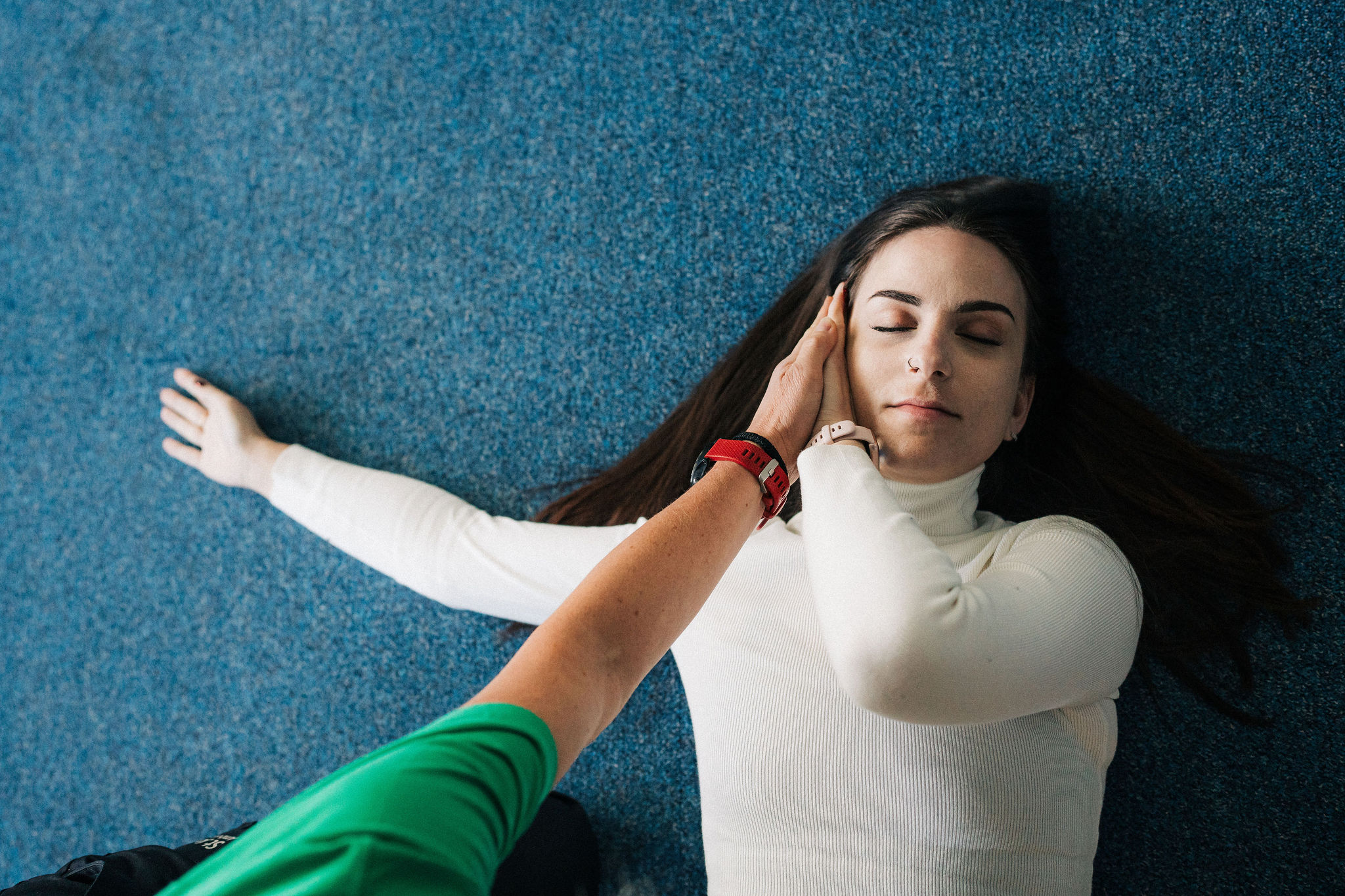How to Put Someone into the Recovery Position

Once you have carried out your Primary Survey and found the casualty is breathing. You'll need
to place the casualty in the recovery position. If you haven’t already done so, make sure that 999 has been called for an ambulance.
We place casualties in the recovery position for two reasons:
- To help keep the airway open by preventing the tongue from blocking the airway
- It prevents the casualty choking on any fluids
The technique described below can be used in adults and children.
What to do
Follow the steps below:
Step 1
If you find someone collapsed, you should first perform a primary survey. If it shows that they are unresponsive but breathing, put them in the recovery position.
Step 2
Kneel by the casualty and straighten their legs and place the arm closest to you our of the way (don’t worry if the hand doesn’t touch the floor – don’t force it to). If they are wearing glasses, or have any bulky items in their pockets, remove them. Do not search their pockets for small items.
Step 3
Grasp the other hand and place the back of the hand against the side of the face closest to you. Hold the hand in position by resting your palm against theirs.
Step 4
With the leg furthest away from you, place your free hand under the hollow of the knee and bend the leg up so that the foot is flat on in the floor.
Step 5
Using the bent knee, pull the casualty towards you so that they end up lying on their side. Make sure that the bent knee is at a 95 degree angle and tilt the head up with the mouth open to allow any fluid to drain out.
Step 6
A casualty can remain on their side in the recovery position, whilst you wait for the ambulance, for 30 minutes. When it’s been 30 minutes you will need to roll them into the recovery position on the opposite side.
Note:
If the casualty is clearly pregnant then you must make sure they are placed in the recovery position on the left hand side.
You can download our digital first aid guide which contains this information as well as other lifesaving first aid procedures.
